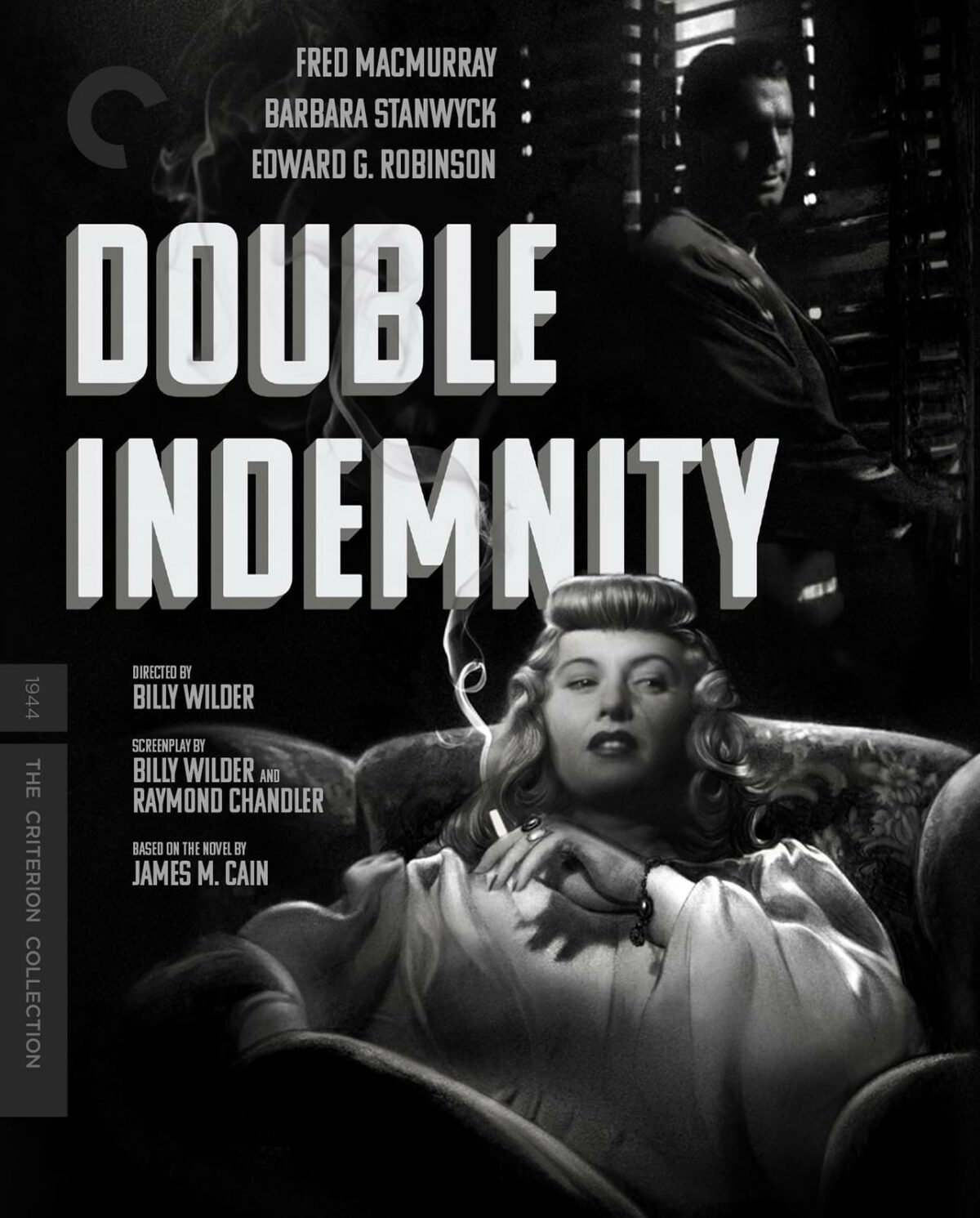Introduction:
“Double Indemnity,” released in 1944, stands as a quintessential film noir masterpiece that continues to captivate audiences with its dark themes, morally ambiguous characters, and stylish cinematography. Directed by the legendary filmmaker Billy Wilder and co-written by Wilder and Raymond Chandler, this noir thriller remains a landmark achievement in Hollywood history. In this extensive exploration, we delve into the depths of “Double Indemnity,” dissecting its narrative intricacies, analyzing its thematic richness, and celebrating its enduring legacy in the realm of film noir.
Setting the Stage:
Set against the backdrop of 1940s Los Angeles, “Double Indemnity” follows the fateful encounter between insurance salesman Walter Neff and femme fatale Phyllis Dietrichson, whose deadly scheme sets off a chain of events that leads to betrayal, murder, and redemption. Inspired by the real-life case of Ruth Snyder, “Double Indemnity” unfolds with all the tension and suspense of a classic noir thriller, immersing viewers in a world of shadows, secrets, and deceit.
Exploring Character Dynamics:
At the heart of “Double Indemnity” are its morally ambiguous characters, brought to life by a talented ensemble cast. Fred MacMurray delivers a career-defining performance as Walter Neff, the charming but ultimately doomed insurance salesman whose fateful encounter with Phyllis sets him on a path of no return. Barbara Stanwyck embodies the quintessential femme fatale as Phyllis Dietrichson, whose seductive allure and steely resolve mask a heart as cold as ice. Edward G. Robinson shines as Barton Keyes, Neff’s tenacious colleague whose relentless pursuit of the truth threatens to unravel the deadly conspiracy at the heart of the film.
Navigating Themes:
Beneath its stylish exterior, “Double Indemnity” grapples with themes of greed, desire, and the corrupting influence of power. Walter Neff’s descent into darkness mirrors the moral decay of society itself, as he becomes ensnared in Phyllis’s web of deceit and manipulation. The film’s exploration of guilt, redemption, and the consequences of one’s actions resonates with timeless relevance, inviting audiences to ponder the nature of justice and the complexities of the human condition.
Celebrating Cinematic Craftsmanship:
Directed by Billy Wilder with characteristic flair and precision, “Double Indemnity” showcases the director’s mastery of visual storytelling and atmospheric filmmaking. From its iconic opening shot to its suspenseful climax, every frame of the film is infused with a sense of foreboding and unease. Wilder’s use of shadow and light, coupled with John F. Seitz’s evocative cinematography, creates a world of moral ambiguity and moral decay. With its sharp dialogue, taut pacing, and haunting score by Miklós Rózsa, “Double Indemnity” stands as a testament to Wilder’s talent and vision as a filmmaker.
Legacy and Influence:
“Double Indemnity” remains a timeless classic that continues to inspire filmmakers and audiences alike with its noir sensibilities and gripping narrative. Its influence can be felt in countless films and television shows that have followed in its wake, from “Chinatown” to “Breaking Bad.” Despite its age, “Double Indemnity” remains as relevant today as it was upon its release, a testament to the enduring power of film noir to captivate and enthrall audiences across generations.
Conclusion:
“Double Indemnity” stands as a shining example of the art of film noir, a genre defined by its dark themes, morally ambiguous characters, and stylish cinematography. With its gripping narrative, memorable performances, and atmospheric direction, this classic thriller from Billy Wilder continues to captivate audiences with its timeless appeal. As we revisit the shadowy world of Walter Neff and Phyllis Dietrichson, we are reminded of the enduring legacy of “Double Indemnity” as a cinematic masterpiece that continues to resonate with audiences of all generations. In the pantheon of film noir classics, “Double Indemnity” shines as a beacon of cinematic excellence, a testament to the enduring power of storytelling to captivate, thrill, and provoke thought.
